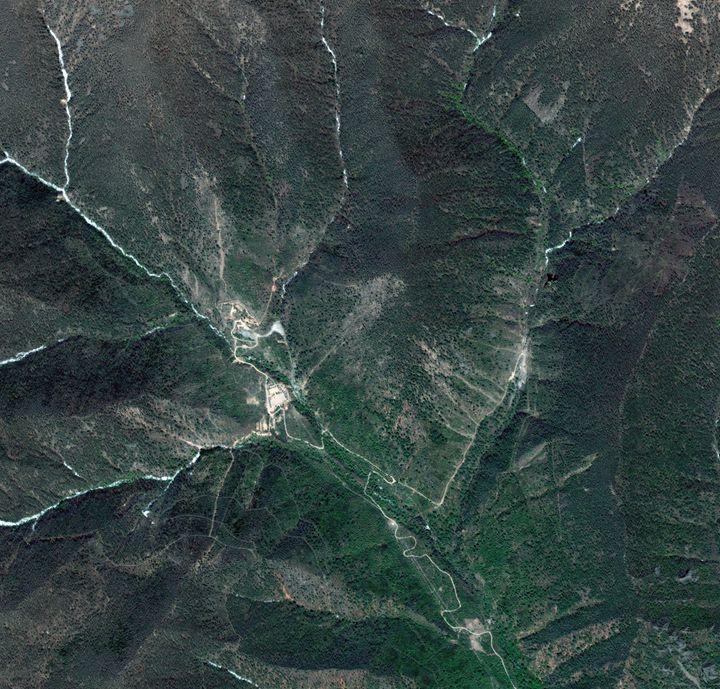Neighbours of North Korea say they have detected no trace of radioactive materials following the country’s nuclear test on Sunday.
The Nuclear Safety and Security Commission for South Korea told Yonhap News it had not found any traces of radionuclides, such as xenon, in its tests of soil, water and air.
It said air-sampling equipment installed on planes, ships and land radiation detection stations had been collecting samples.
There are two types of radioactive xenon – Xe133 and Xe135, which can be used to determine whether uranium or polonium were used.
Furthermore, Japan’s Nuclear Regulation Authority says no abnormal change in radiation levels had been detected on monitoring posts across the country.
China’s environment ministry also said radiation levels near its border were normal. A statement on its website on Monday said: “Results of monitoring make clear that this North Korean nuclear test as of now has produced no effect on our nation’s environment or the public.”

Speaking to South Korean daily Chosun Ilbo, Yim Man-sung at the Korea Advanced Institute of Science and Technology suggested: “There were strong southeasterly winds around Punggye-ri at the time of the latest North Korean nuclear test, causing most of the radioactive substances to be blown into Russia.”
He added: “The winds later shifted direction southward, but it looks like most of the xenon had dissipated.”
The newspaper added that a small amount of radioactive xenon was collected in January last year after North Korea conducted its fourth nuclear test, claiming it was a hydrogen bomb, but the amount was too small for proper analysis.

It cites experts who say the half-life of xenon is very short and its tendency to dissipate into the atmosphere makes it hard to detect. The ideal time window in which to do so is between five and ten days.
The information has caused some news channels to speculate as to whether the test was a hoax, though North Korea has insisted that the underground test site where it detonated what it claims was a hydrogen bomb for a long-range missile simply did not leak radioactive materials.
38 North, a Washington-based North Korea monitoring project has published satellite imagery that appears to show the blast caused numerous landslides at the underground testing site in Punggye-ri, which is deep in mountainous terrain. It said: “The area of these surface disturbances, which include numerous areas of pre-existing gravel and scree fields that have apparently been lofted in place from the tremors, is centred around Mt Mantap.
“These disturbances are more numerous and widespread than what we have seen from any of the five tests North Korea previously conducted.”
Fears of a leak from the detonation came after Chinese monitors detected a second tremor soon after the initial earthquake (measuring 6.3 magnitude, according to the US Geological Survey) triggered by the blast.
According to the South China Morning Post, the second 4.6 magnitude tremor could be due to a “collapse” suggesting the rock over the underground blast had given way.
Wang Naiyan, the former chairman of the China Nuclear Society and senior researcher of China’s nuclear weapons programme said evidence published by China’s University of Science and Technology suggesting that five of North Korea’s most recent nuclear tests were carried out under the same mountain (Mt Mantap) meant there was a risk of a major environmental disaster.
He told the SCMP another test could cause the whole mountain to cave in on itself, leaving a hole through which radiation could escape.
He said: “We call it ‘taking the roof off’. If the mountain collapses and the hole is exposed, it will let out many bad things.”
While 38North claims there does not appear to be evidence of a collapse crater, it admits the resolution of the imagery it has is currently insufficient to show any damage other than a number of landslides at present.
